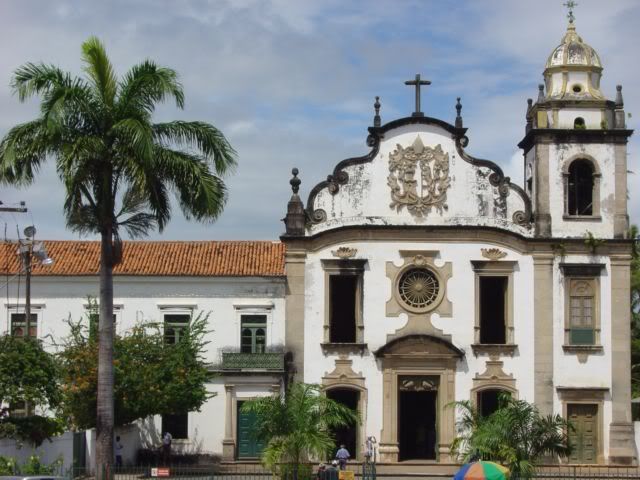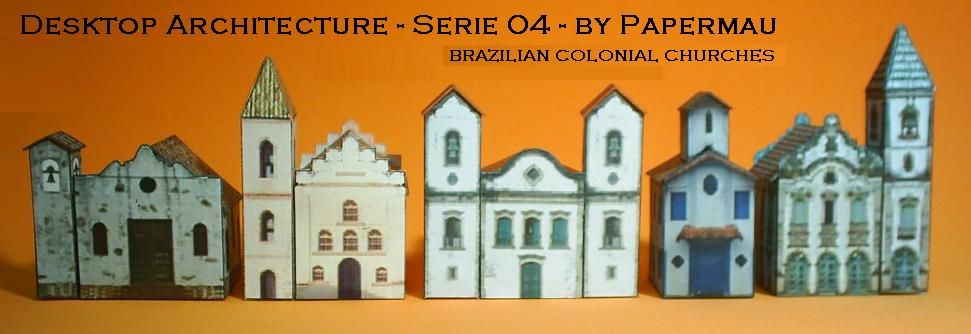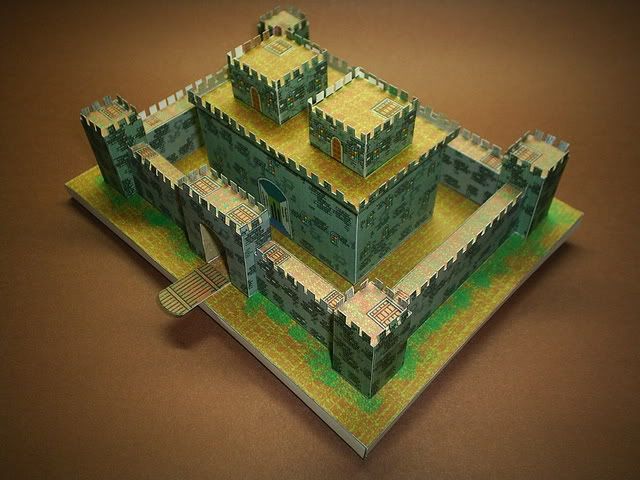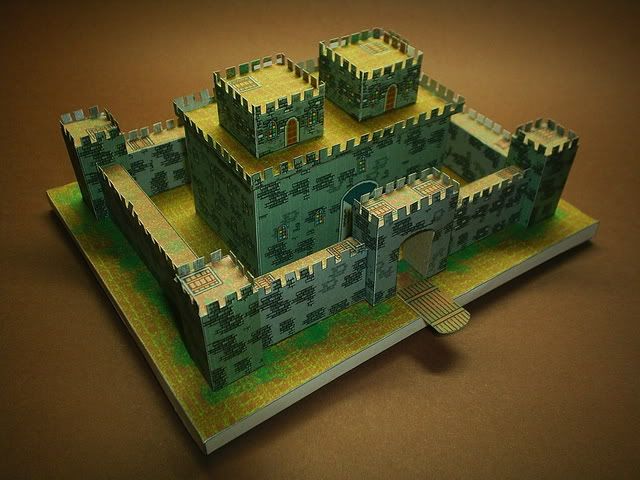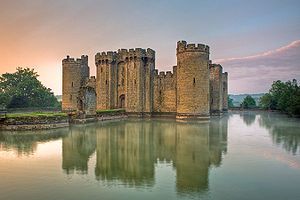Two very nice models from
Frankenpaper.com:
Dracula and
Frankeinstein busts, to your desktop.
Dois modelos bem legais do site
Frankenpaper.com: Estátuas de
Drácula e
Frankeinstein, para decorar sua mesa de trabalho.


 Dracula
Dracula is an
1897 epistolary novel by
Irish author
Bram Stoker, featuring as its primary antagonist the vampire
Count Dracula. It was first published as a hardcover in
1897 by Archibald Constable and Co.
Dracula has been assigned to many literary genres including
vampire literature, horror fiction, the gothic novel and invasion literature. Structurally it is an epistolary novel, that is, told as a series of letters, diary entries, ships' logs, etc. Literary critics have examined many themes in the novel, such as the role of women in
Victorian culture, conventional and conservative sexuality, immigration, colonialism, postcolonialism and
folklore. Although
Stoker did not invent the
vampire, the novel's influence on the popularity of
vampires has been singularly responsible for many theatrical, film and television interpretations since its publication. -
Wikipedia
 Frankenstein
Frankenstein, or,
The Modern Prometheus is a novel about a failed artificial life experiment that has produced a monster, written by
Mary Shelley.
Shelley started writing the story when she was eighteen, and the novel was published when she was twenty-one. The first edition was published anonymously in London in
1818.
Shelley's name appears on the second edition, published in France in
1823.
Shelley had travelled the region in which the story takes place, and the topics of galvanism and other similar occult ideas were themes of conversation among her companions, particularly her future husband
Percy Bysshe Shelley. The actual storyline was taken from a dream.
Shelley was talking with three writer-colleagues,
Percy Bysshe Shelley, Lord Byron, and John Polidori, and they decided they would have a competition to see who could write the best horror story. After thinking for weeks about what her possible storyline could be,
Shelley dreamed about a scientist who created life and was horrified by what he had made. Then
Frankenstein was written.
Frankenstein is infused with some elements of the
Gothic novel and the
Romantic movement and is also considered to be one of the earliest examples of
science fiction.
Brian Aldiss has argued that it should be considered the first true science fiction story, because unlike in previous stories with fantastical elements resembling those of later
science fiction, the central character "makes a deliberate decision" and "turns to modern experiments in the laboratory" to achieve fantastic results. The story is partially based on
Giovanni Aldini's electrical experiments on dead and (sometimes) living animals and was also a warning against the expansion of modern man in the
Industrial Revolution, alluded to in its subtitle,
The Modern Prometheus. It has had a considerable influence across literature and popular culture and spawned a complete genre of horror stories and films. -
Wikipedia
 Drácula
Drácula é um romance de
1897 escrito pelo autor irlandês
Bram Stoker, tendo como protagonista o vampiro
Conde Drácula. Sem dúvida trata-se do mais famoso conto de vampiros da literatura.
Drácula tem sido designado como vários gêneros literários, incluindo
literatura de vampiros, ficção de horror e romance gótico. Estruturalmente, é um romance epistolar, ou seja, contada como uma série de cartas, entradas de diário, registros de bordo etc. Embora
Stoker não tenha inventado o
vampiro, a influência do romance na popularidade dos
vampiros foi singularmente responsável por muitas peças de teatro, cinema, televisão e muitas interpretações ao longo dos séculos 20 e 21. -
Wikipedia
 Frankenstein
Frankenstein, ou
O Moderno Prometeu, mais conhecido simplesmente por
Frankenstein, é um romance de
terror gótico com inspirações do
movimento romântico, de autoria de
Mary Shelley, escritora
britânica nascida em
Londres. O romance relata a história de
Victor Frankenstein, um estudante de ciências naturais que constrói um monstro em seu laboratório.
Mary Shelley escreveu a história quando tinha apenas 19 anos, entre
1816 e 1817, e a obra foi primeiramente publicada em
1818, sem crédito para a autora na primeira edição. Atualmente costuma-se considerar a versão revisada da terceira edição do livro, publicada em
1831, como a definitiva.
O romance obteve grande sucesso e gerou todo um novo gênero de
horror, tendo grande influência na literatura e cultura popular ocidental. -
Wikipedia
Link: Halloween.Special.Dracula.Bust.by.Frankenpaper.Com
Link: Halloween Special.Frankeinstein.Bust.by.Frankenpaper.Com
Other posts about Halloween:
One.Monk.Miniatures.Free.Paper.Models
Halloween.Special.Human Skull.by.Ravens.Blight
Halloween.Special.Bates.House.by.Haunted.Dimensions
Halloween.Special.Skeleton.and.Haunted.House.by.Ben&Jerry`s
